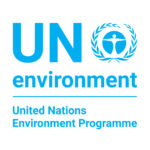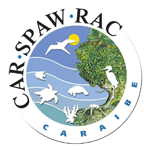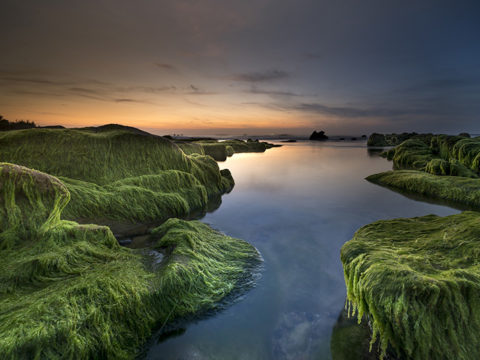To meet the unique challenge of generating energy from collected Sargassum in combination with organic components in various types of waste, Y.A. MAOF has formed EnergYAlgae, a consortium of industry leaders, academics and scientists. This allows the integration of a broad variety of working methods and technologies, from the early stage of collecting and sorting the waste, through the process of anaerobic energy generation, and finally to its diversion into various uses (biogas, electricity, heating and cooling).
The consortium consists of leading companies in their field, and is engaged in creating unique integration processes to ensure the stable and continuous delivery of products. Our team of experts boasts the experience, knowledge and capacity of managing complex processes around the world, with decades of practical experience in waste processing, landfilling, and recycling, as well as energy production.
EnergYAlgae takes up the regional challenge shared by the populations across the Carribbean, the Gulf of Mexico and the South Eastern parts of the USA. The shared need requires a synchronized action involving local expertise and knowhow, as well as international cooperation and funding.
EnergYAlgae solution is based on a wide range of international conventions on the issue, including:

The unprecedented influx of Sargassum that reached the Caribbean islands repeatedly in 2011, 2015 and 2018 is a major threat to the economy, ecology and health of the Caribbean. Impacts are felt across the wider Caribbean region. This is an issue of regional importance. Numerous initiatives and action plans are arising at local and national levels, but there is a need to develop a regional plan where experiences, knowledge, best practices and technology may be shared and put into action to minimize further impacts. While some nations have very advanced systems for forecasting, tracking, preventing and managing the Sargassum influx, others have underdeveloped strategies and capacity. Strong partnerships are needed to protect the most vulnerable to this emergent threat. Further research and actions to reduce ocean pollution and climate change may be needed as well to minimize Sargassum overgrowth in the coming years.

Eighth Meeting of the Scientific and Technical Advisory Committee (STAC) to the Protocol Concerning Specially Protected Areas and Wildlife (SPAW) in the Wider Caribbean Region
Panama City, Panama, 5 ‐ 7 December 2018

Regional efforts to face the Sargassum landings in the WCR
Since the first massive landings in 2011 and even more since the strong 2014-2015 event, many initiatives related to communication, research and management of the sargassum influx have been observed in the region.
This specificity of the Caribbean region is interesting as many ideas have already been explored. However, the management responses of sargassum landings have been reactive rather than proactive and not always sustainable. This observation highlighted a critical need for sharing information and coordination of the responses in the WCR.

On-going collaboration and response
In order to improve coordination and to assist the affected countries facing sargassum landings in the WCR, the Regional Activity Center for the Protocol concerning Specially Protected Areas and Wildlife for the WCR (SPAW-RAC) and the SPAW Secretariat of United Nations Environment Programme – Caribbean Environment Programme have been working together since 2015 to enhance a regional cooperation around the region. This enabled:
Sharing of regional data across the region with the launch of an active platform of exchanges: the “Sargassum”
on-line forum” providing easy access to information and experiences on awareness, management and research about the sargassum influx.
Networking: coordination of sargassum-related projects and events around the WCR and linking various stakeholders
through the “Sargassum on-line forum”: scientists, marine resources managers, policy advisers, representatives of tourism and fisheries sectors, conservation NGOs, etc.